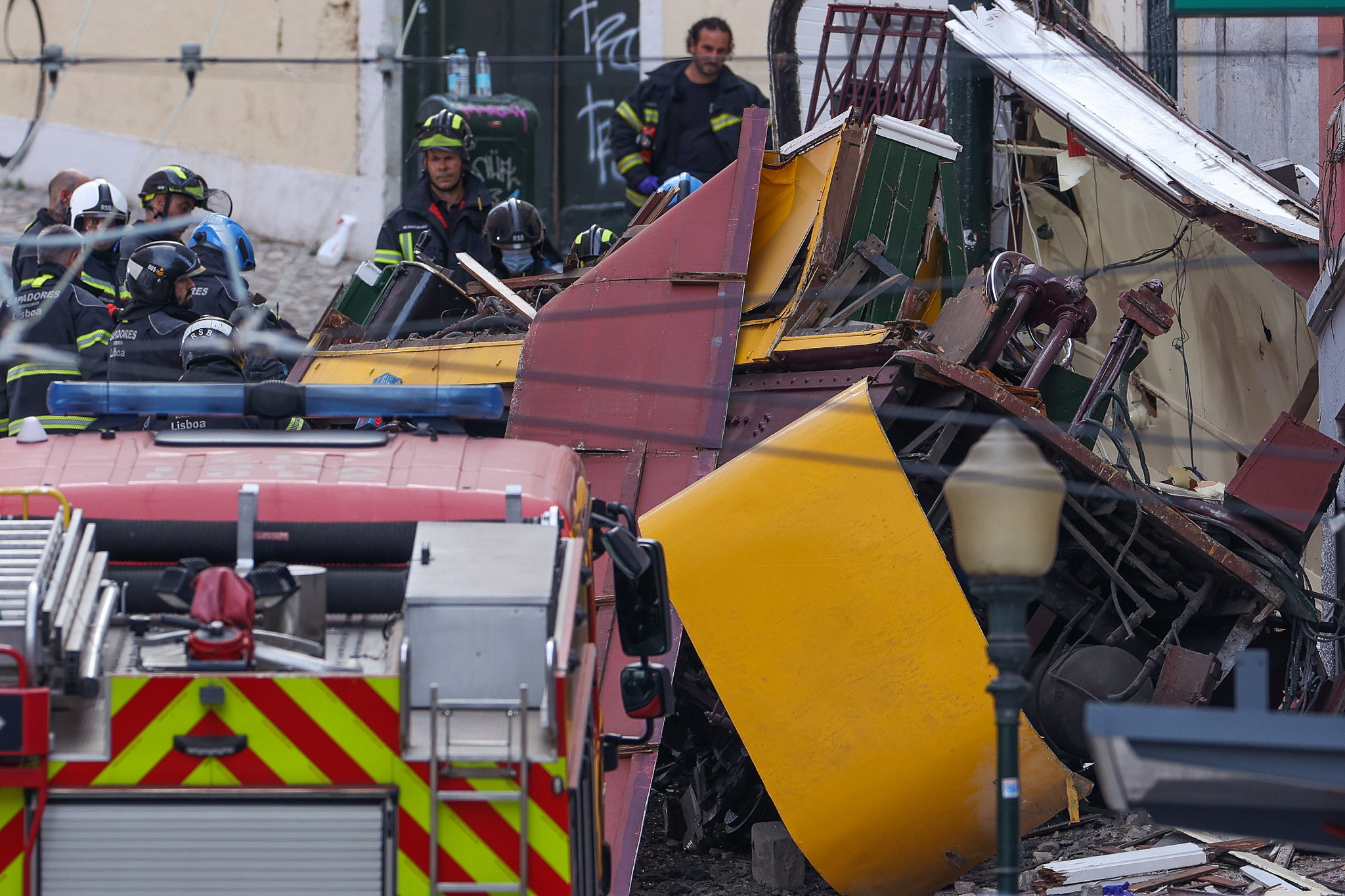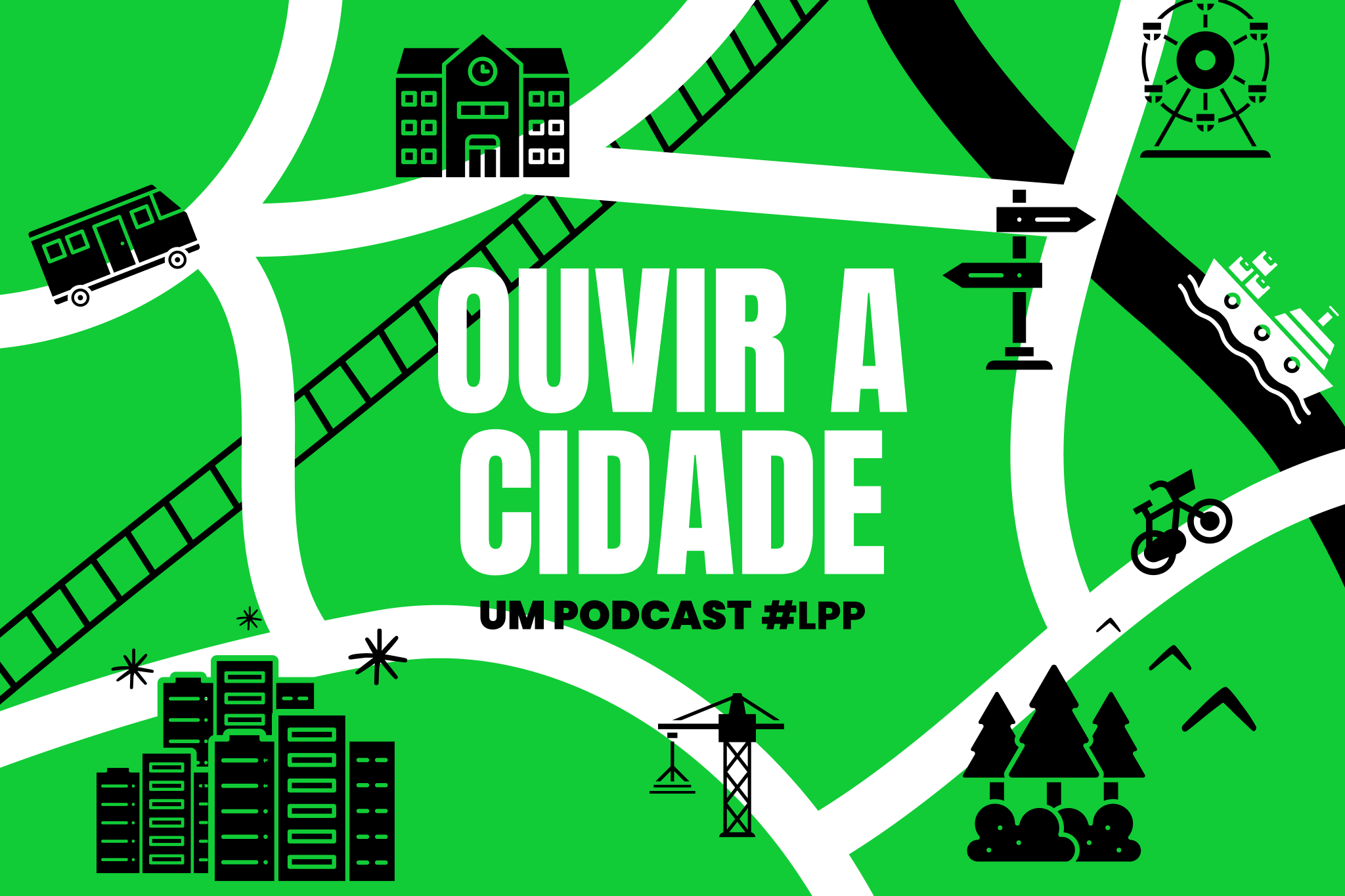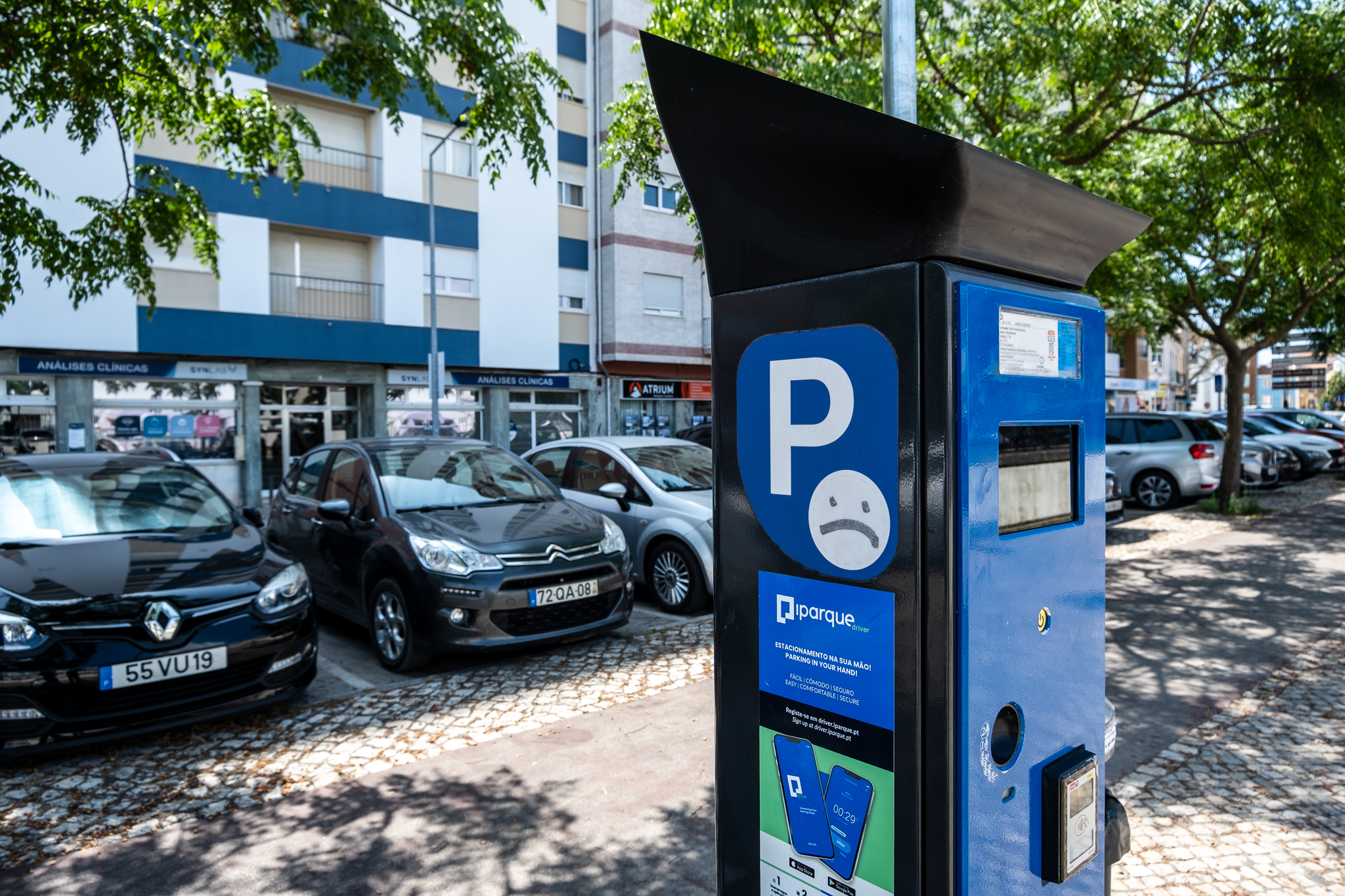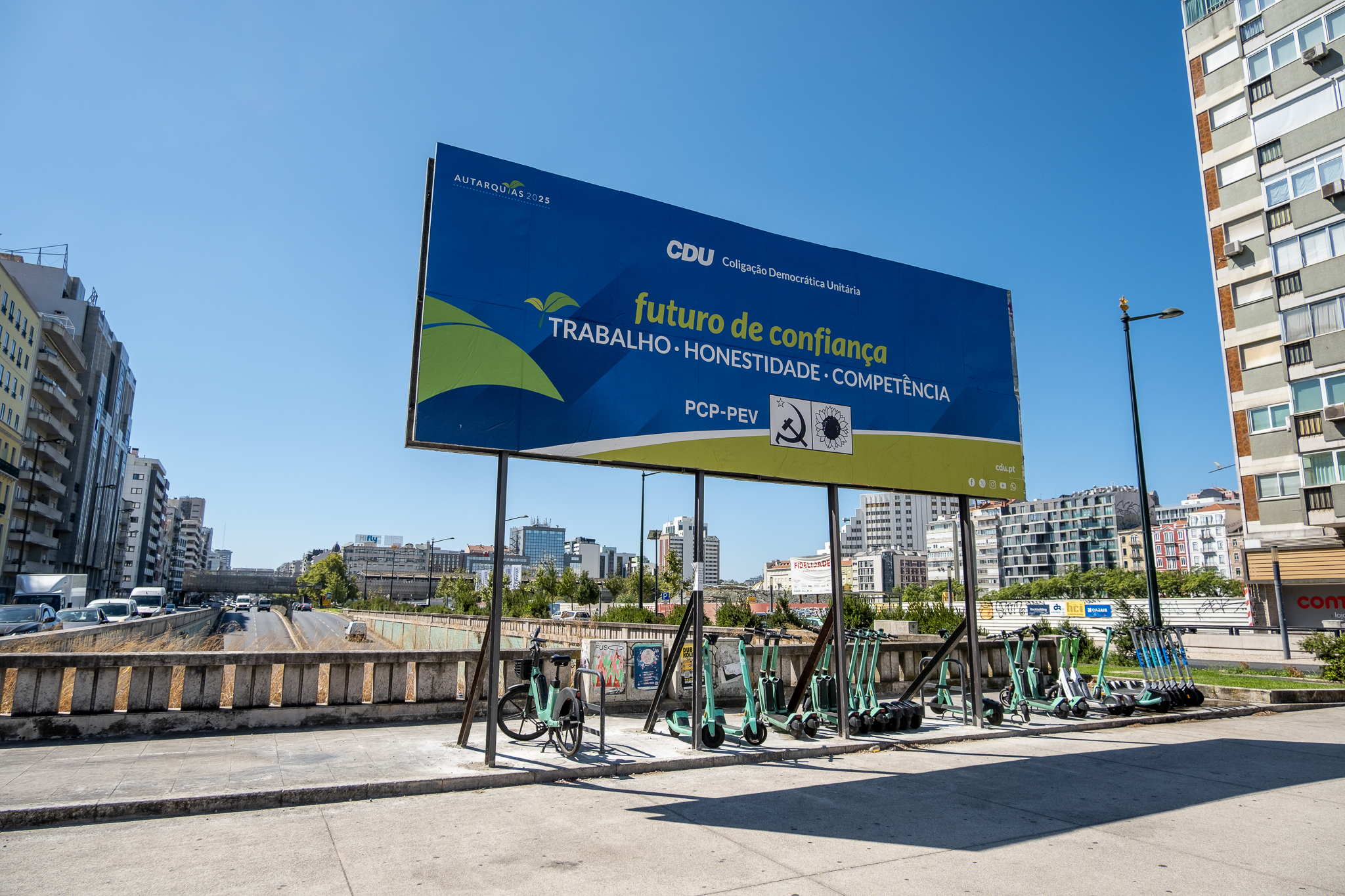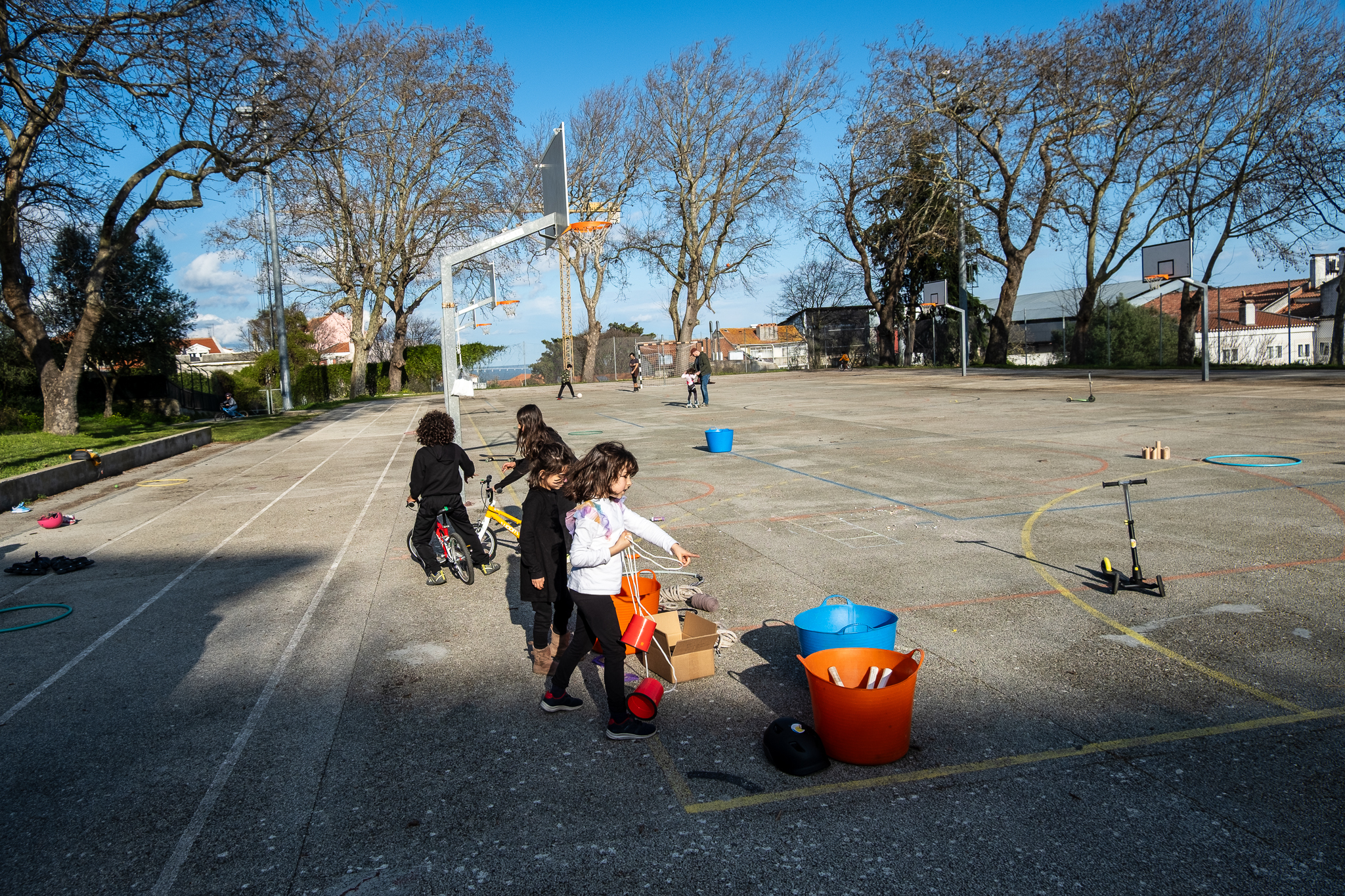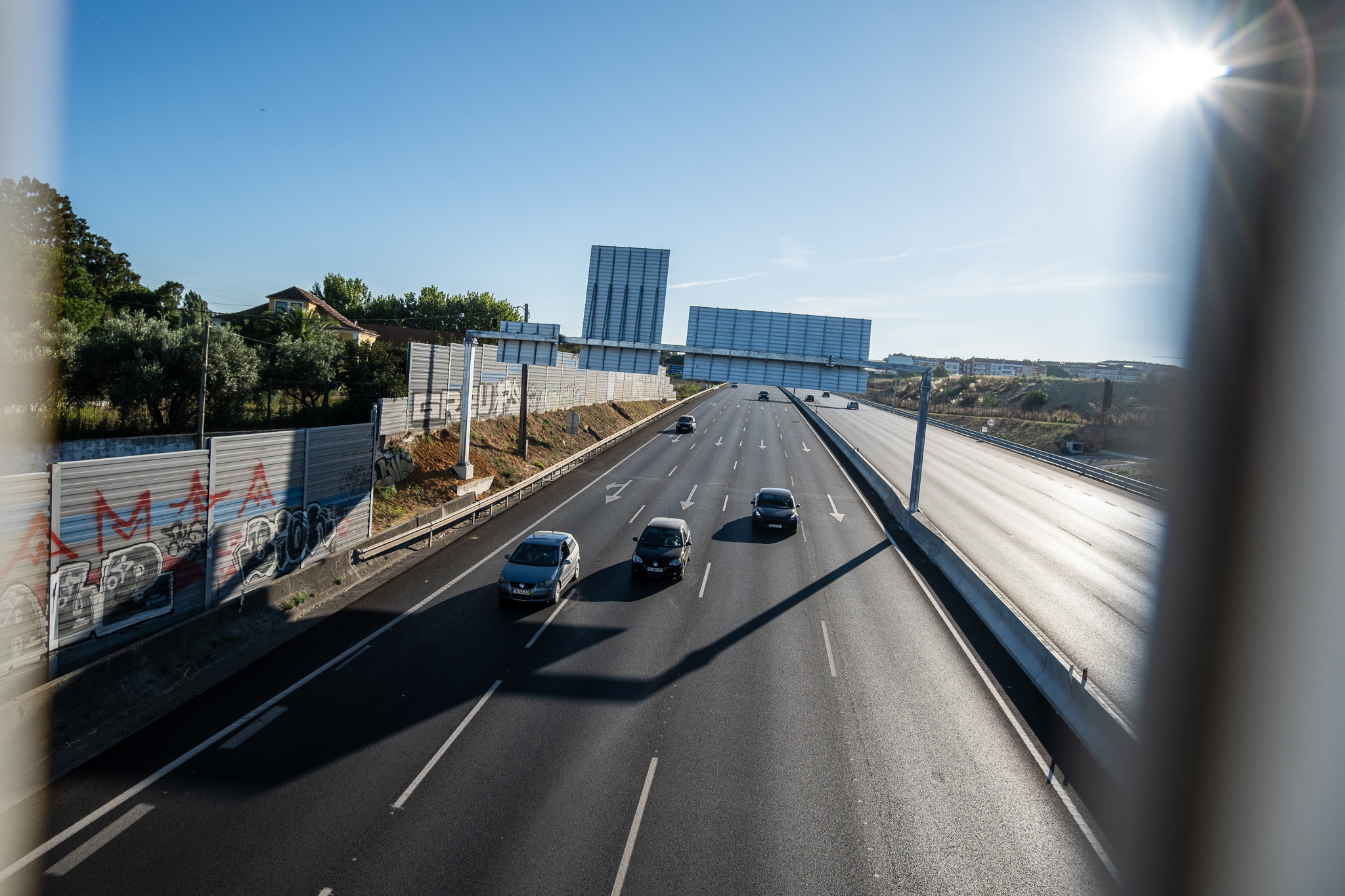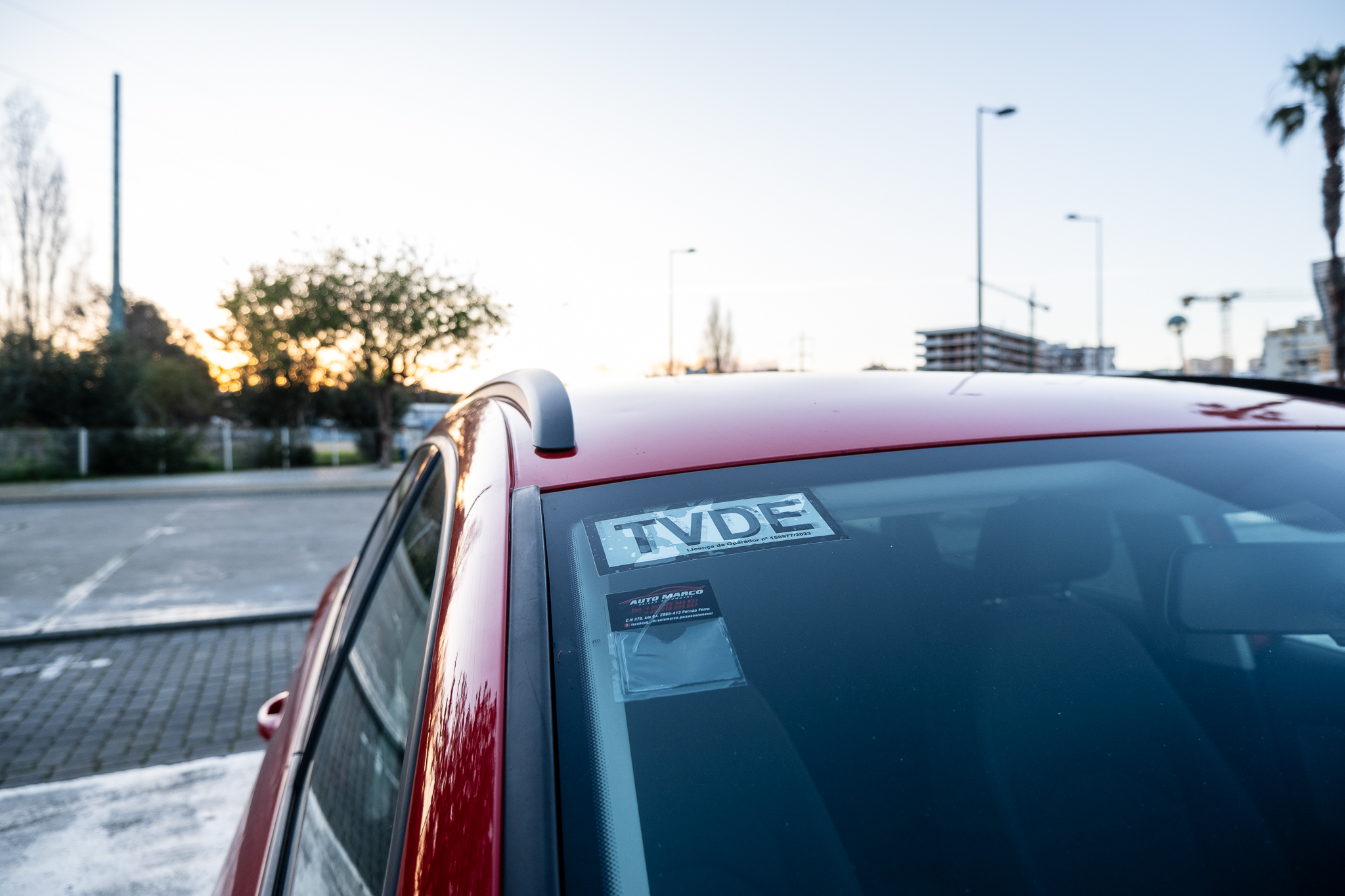The International Energy Agency (IEA) proposes 10 measures for countries and cities to reduce their dependence on oil by 2.7 million barrels per day in four months, in the face of climate change and fossil fuel crises like the one we are experiencing now.

In view of the emerging global energy crisis triggered by Russia's invasion of Ukraine, a International Energy Agency (IEA) has outlined 10 practical actions that governments and citizens in advanced economies can adopt in order to significantly reduce their dependence on oil in a matter of monthsThus reducing its risk in the face of a global crisis and combating climate change.
The 10 actions suggested by the IEA are central element the cities and have relieved the burden of fuel prices on consumers around the world, reduced the economic damage of rising fuel prices, reduced Russia's hydrocarbon revenues, and helped make oil demand more sustainable.

If fully implemented in the advanced economies, the measures recommended by this 10-Point Plan to Cut Oil Use of the IEA would reduce oil demand by 2.7 million barrels per day in four months - the equivalent of the oil needs of all the cars in China. This would significantly decrease potential tensions at a time when a large amount of Russian products may stop coming to market and the July/August peak demand is approaching. The measures would have an even greater effect if adopted partially or fully in emerging economies as well.
The report - which can be found here or lower - also includes recommendations for immediate decisions to be taken by governments and citizens, enabling the short-term and emergency actions included in the 10-Point Plan can move to sustained measures that put countries' oil demand on a consistent structural declineto reach zero net emissions by 2050.
Since the transport sector is the most dependent on oil, the 10-Point Plan of the IEA envisions ways to use this precious commodity less to transport people and goods from point A to point B, drawing on concrete measures that have already been put into practice in several countries and cities. Among the proposed short-term actions is reducing the amount of fuel consumed by cars through lower speed limits, work-from-home strategies, alternating restrictions on car access to major cities, cheaper public transportation, and other initiatives such as preferential use of fast trains and long-distance meetings over air travel.
According to the International Energy Agency, about half of global oil demand is in advanced economies. Most of the measures proposed in the 10-Point Plan would require changes in consumer behavior, supported by government action. But the "hot potato" is not only on the side of national governments - several measures can be implemented directly by regional or local governments, or just voluntarily followed by citizens and businesses.
The 10 actions suggested by the IEA
- Reduce speed limits on highways by at least 10 km/h: would save about 290 kb/d (barrels of oil per day) in the case of light vehicles and 140 kb/d with heavy vehicles. The idea is to reduce speeds on highways, such as freeways, by at least 10 km/h; generally, maximum speeds on these infrastructures are set between 100 km/h and 135 km/h, and can reach 140 km/h on some European freeways, according to the IEA.
- Work from home up to three days a week whenever possible: this measure could have an impact of about 170 kb/d with telecommuting on one day a week; with three days, it would save about 500 kb/d. According to the IEA, the use of private cars for home-work commuting before the pandemic was responsible for 2.7 million barrels of oil per day; the Agency estimates that a third of jobs in advanced economies can be performed from home, which would reduce oil demand, maintain productivity, and avoid the 15-18 km commute commute daily that Europeans and North Americans do just to go to work.
- Promote car-free Sundays in cities: Just one Sunday a month would save 95 kb/d and every Sunday would mean a saving of about 380 kb/d. Car-free Sundays help promote walking and cycling, which can have a positive knock-on effect throughout the week, but also have public health and welfare benefits, such as cleaner air and less noise pollution. In warmer climates, reduced traffic can also reduce urban "heat island" effects. The IEA says this can be accompanied by free public transportation.
- Make public transport cheaper and encourage walking and cycling as mobility modes: can generate savings of about 330 kb/d. The proposal is to promote a mobility model based on the car to a model based on public transport and soft modes such as walking and cycling. According to the IEA, reducing the price of public transport or making it free, as well as making working hours more flexible to "spread" rush hours, are measures that cities should carry out, along with investment in infrastructure linked to pedestrian and cycling mobility, with the promotion of cycling for short distances (as a substitute or complement to public transport), and the creation of incentives for the purchase of electric bicycles. According to the IEA, governments in advanced economies expect to invest $2.5 billion over the next two years in bicycle and comfortable sidewalks, and an additional $33 billion in transportation.
- Restrict private car access in big cities: can lead to savings of about 210 kb/d. The idea is to restrict the use of private cars on the roads of large cities alternately: those with even plates can only enter on some days of the week and those with odd plates on other days of the week - a measure that has historically had positive results in reducing pollution in several cities and that can be complemented with a reduction in the price of public transport and the promotion of carpooling, says the IEA.
- Increase car sharing and adopt practices to reduce fuel use: can be saved here about 470 kb/d. Governments can encourage carpool (carpooling) for non-urban commuting where different people have common starting points and routes to work. The IEA suggests dedicated lanes for carpool on access roads to cities, exclusive parking spaces at public transport interchanges, and reduced toll fees for cars that are full. Non-urban car trips account for more than four million barrels of oil per day in the so-called advanced economies. Very few such trips currently involve people from different households, resulting in low levels of car occupancy - in advanced economies, the average occupancy per car is 1.5 passengers; in Europe, it is between 1.4 and 1.6 per car.
- Promoting efficient driving of cargo and freight trucks: a measure that can generate savings of 320 kb/d. The IEA says that fuel use in the freight sector can be optimized through driving techniques that promote lower consumption and also through better maintenance of heavy vehicles through, for example, regular tire pressure checks. Governments can play an active role in promoting this more environmentally friendly driving through driving schools and advanced driving certificates. In addition to reducing diesel usage, eco-driving can also help reduce fuel bills and vehicle maintenance costs. But trucking companies can also optimize vehicle loads and reduce empty runs through cooperation between firms and the widespread use of technologies.
- Use high-speed and night trains instead of airplanes whenever possible: the estimated impact is about 40 kb/d. For cities that are less than 1000 km apart and connected by high-speed rail lines, rail can not only reduce oil demand and emissions from short-haul flights, but can also be faster and more comfortable, reliable and affordable. Based on existing high-speed rail infrastructure, about 2% of aviation activity in advanced economies could be shifted to high-speed rail for both leisure and business. Night trains could serve to travel longer distances and help distribute traffic at different times of the day.
- Avoid business air travel when alternative options exist: can save about 260 kb/d. Given the need for space on airplanes, travel by passengers in classes premium consume three times more fuel than economy class. While not all business air travel can be avoided, in many cases the use of virtual meetings can be an effective substitute. A significant reduction of about two out of every five flights taken for business purposes is feasible in the near term, based on the changes seen during the Covid-19 pandemic, where virtual business interactions became more common. Before the pandemic began, about one-fifth of air passenger travel in advanced economies was for commercial purposes.
- Strengthen the adoption of electric and more efficient vehicles: the impact could be around 100 kb/d. By the end of 2021, 8.4 million electric cars were on the roads in advanced economies, with record sales recorded in Europe in particular. Demand for electric cars remains strong, due to falling battery costs in recent years and support from governments. However, constraints in its supply chain for semiconductors, vehicle raw materials and battery materials may put some pressure on the expansion of the electrified car market. The IEA says that the near-term priority should be to ensure the successful delivery of car orders to consumers, and where possible, fleet orders should be prioritized because their impact on moderating oil demand is greater. At the same time, the new conventional vehicles sold should be fuel efficient. Fuel economy targets, as well as taxes that penalize high-emission vehicles, are key to supporting further improvements in fuel economy.
Note: impacts are short-term and reflect implementation in advanced economies when feasible and culturally acceptable; kb/d = thousand barrels of oil per day.

